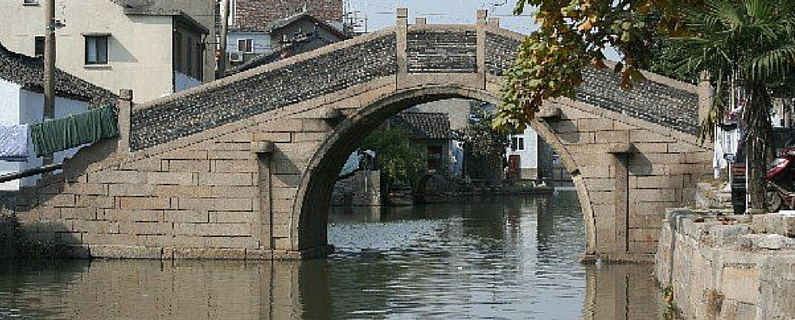According to authorities, a number of factors contributed to the devastating failure of the Samarco Dam in Brazil in November 2015, but an earthquake wasn’t one of them. The first police report released since the November 5 incident indicated that the failure was caused by too much water in the dam, a lack of proper monitoring, failures in the drainage equipment, and faulty equipment. The report specifically discarded the possibility that an earthquake had contributed to the collapse. Seventeen people died in the disaster and the damage caused by the flood of thousands of tonnes of toxic heavy metal sludge over 850 kilometres is still in the investigation stage.
Criminal Charges Filed
Instead, Brazilian police have filed charges against six Samarco Mining Company executives and a contractor, alleging that their failure to address alerts and warnings about potential cracks in the dam’s structure amounted to aggravated homicide. Additionally, the police report asserts that Samarco’s emergency plan to warn neighbouring villages was insufficient.
Corporate Leaders Ignored Warnings
In September 2014, engineer Joaquim Pimenta de Avila asserts that he found a crack in the structure of the Fundao waste-storage facility (dam), which indicated, to him, “severe” structural problems in the dam wall. Avila reported the discovery to the mines officials, including his opinion that it was the beginning of a break, and recommended increased monitoring and the construction of a reinforcing buttress. Apparently neither was done (or what was done was done negligently) and, 14 months later, the dam wall burst, sending the toxic sludge down the mountainside where it killed, poisoned or buried everything in its path. Not surprisingly, Samarcos officials claim Avila is attempting to avoid personal blame for the disaster.
Sensors Apparently Back Avila
In the two months since Avila’s comments were made public, however, additional data apparently indicates that sensors, located within the dam’s structure to detect moisture and stability and which were considered critical to the integrity of the dams, had reached “emergency” levels in the months prior to the failure. The sensor data was contained in engineering reports provided by Samarcos. Those reports were curiously devoid of sensor data from a recently added expansion to the dam, which may not have had the sensors installed. Intended to increase the dam’s capacity, the enlargement may have created additional strains that triggered the eventual collapse. According to the state’s investigator, Carlos Eduardo Ferreira Pinto, the enlargement “compromised it in a way that was decisive to its rupture.”
Corporate Leadership as Culpable Entity
The dam and related mining operations were a joint venture between Australia’s BHP Billiton Ltd and Brazil’s Vale SA corporation. In January, both companies were accused of environmental crimes because of the relatively sensitive location of the damage. As the dam wall failed, a 32 foot tall wall of water surged down the riverway, the equivalent of 20,000 Olympic-sized swimming pools. The toxic mud contained rust-coloured sludge, destroying downstream towns, killing livestock and leaving 631 people homeless. To make matters worse, there was no alarm system in place at the dam and no emergency evacuation route that would have been sufficient to move all downstream residents out of the way. As it was, because the burst happened during the business day, most residents were out of their homes. More would have died had the event occurred during the evening or nighttime.
On February 11, a Brazilian judge froze Samarcos assets to ensure it would pay the 20 billion real settlement reached with the state and federal governments for the environmental damages. On February 23, another judge ordered both companies to pay two billion reals to cover the cost of damages to the towns. And on February 25, BHP Billiton was sued in U.S. federal court by investors who accuse the Australian company of over-stating its ability to manage the risks involved in the mining and dam conglomerate. Four BHP executives were named personally in the lawsuit.
Lessons to be Learned
The complexity of the global economy suggests that disasters like this dam failure can occur anywhere, and cause damage and loss to both victims of the incident, as well as corporate shareholders and other industrial stakeholders. As the local citizens attempt to recover their lives, the civil and criminal cases are now on their way through potentially years of litigation and prosecution. Investors in both Samarcos and BHP may lose everything.
While this level of corporate failure is rare, there is no saying that your company leadership hasn’t turned its eyes away from potentially disastrous circumstances to avoid “costly” repairs. The Brazilan dam case demonstrates that “costs” are relative, and that avoiding small, safety related expenditures can lead to immense, potentially fatal costs in the end. To discuss the potential for liability in your off-shore investments, call me today.
If you are interested in knowing more about China, download the first free chapters of my book here.



